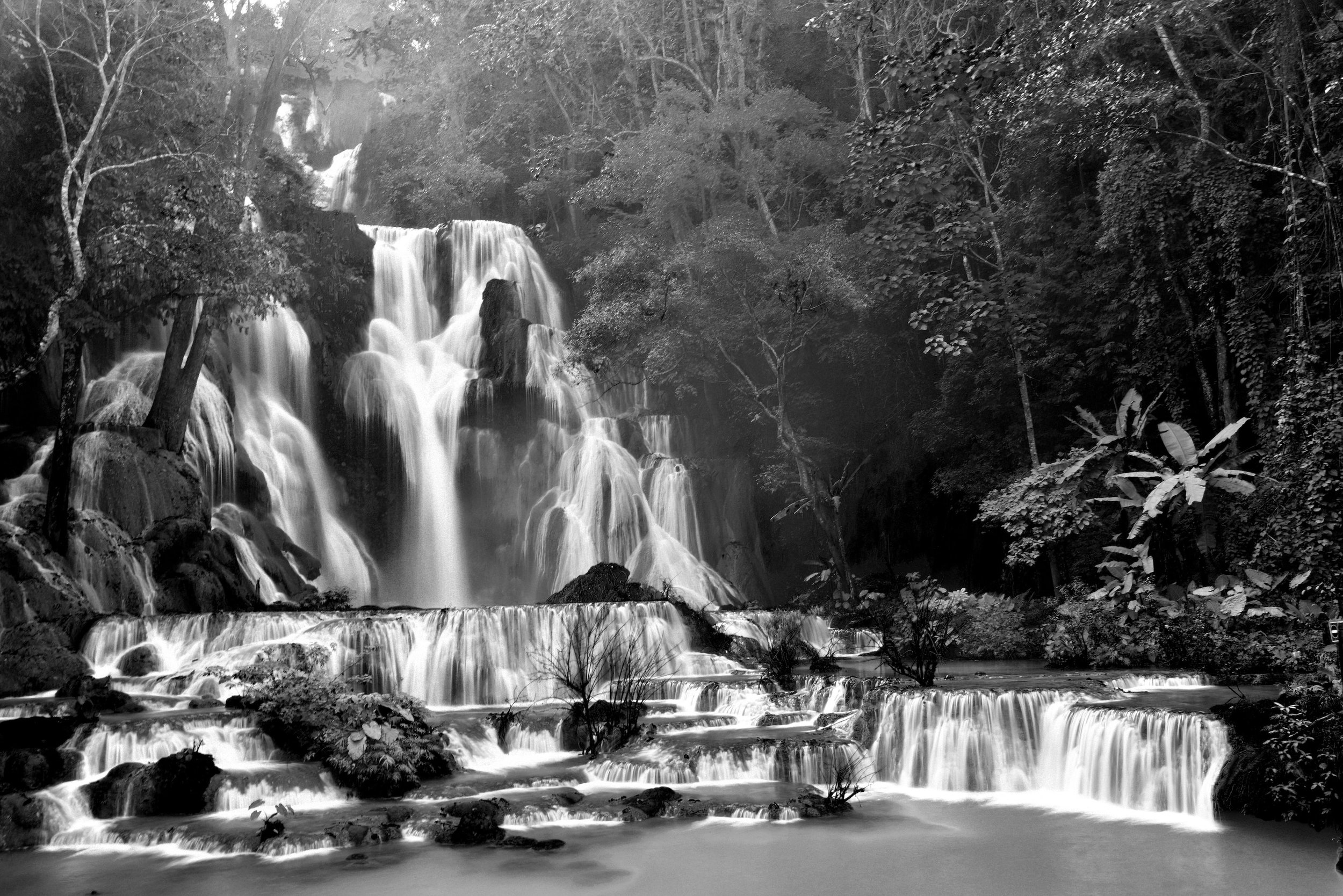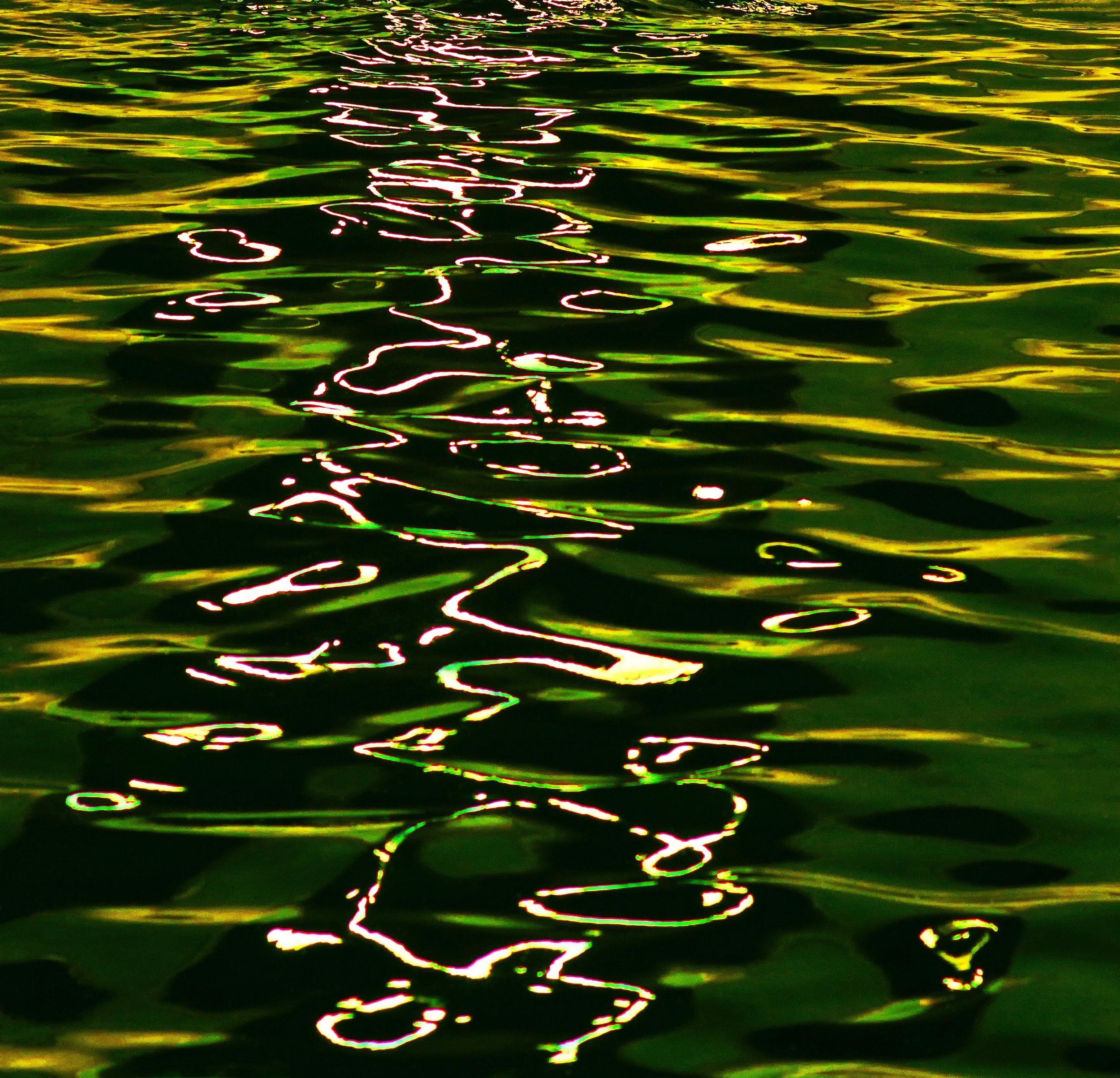The Heart of Movement 1 - The extent of the pulse
‘Do you not see that nature is clamouring for two things only, a body free from pain & a mind released from worry & fear for the enjoyment of pleasurable sensations?
Lucretius - ‘De Rarum Natura’ - The nature of things (99 BC - 55 BC)
Oh Yes .. Yes .. Yes! The ancient Greek Epicureans who inspired Lucretius are hard to resist. In terms of day to day existence, is this not a guiding principle? Well of course it is, you might say, as long as someone is looking after the children.
I’d argue that even if we derive our sense of wellbeing through the happiness of others we are still guided by the avoidance of pain and the pursuit of pleasure. It’s a dance whose focus is dependent on circumstances and of course the definitions of pain and pleasure are as varied as the stars.
This series of lessons will be exploring one of divining rods for painful or pleasurable experience.
We’ll be exploring the heart ..
Its a groovy looking thing isn’t it? Can you see the way it twists as it beats?
There are so many surprising things about the heart. I’ll speak of its amazing structure and functions over the coming weeks. I know you’ll be inspired.
We’ll be focussing on the way it contributes to the feeling of movement and our capacity to sense our experience of life through its beating prism.
It’s often characterised as a pump but that does no justice to the cardio-vascular system. I appreciate Gil Hedley’s perspective that we’re less like a fountain and more like a reflection of the water cycle on earth.
I mean really, it’s mind boggling. There are 4.7 to 5.6 litres of blood that can take up to a minute to circulate around our body (depending on the loop taken) over an astounding network of vessels that if joined end to end would be 100,000 kilometres long.
The other thing is that when the heart stops we are pronounced dead. Does that mean that the beating heart is the experience of life itself? Can you feel it now?
I find it amazing how I sometimes live in an abstract world and cut myself off from the feelings of my ribcage. Asthma from an early age certainly helped that.
Sometimes it calls out to me.
In 1998 I found myself with Wendy doing the Thorburn track on Hinchinbrook Island. It’s on the bottom half of this picture of the the island. We were dropped off by a ranger who said that even though there were crocodiles and brown snakes, taipans and two varieties of deadly jellyfish (‘What are the dates of the season again?’ we asked ourselves as we waded waist deep through a lagoon with a crocodile warning) the real enemy was the sun.
We were on top of a ridge after a pretty steep ascent. I was not that fit and had 25 kilos on my back. I was red faced and my heart was racing wildly. I reflected that it was at this age that my grandfathers heart had also stopped dead. Would this be my moment? It was very real.
I tuned in and realised that I was holding everything ‘up’ in my upper body. It was as if I was frozen there and everything was compressed. I felt the effect on my blood vessels. No wonder I was red. No wonder I felt like something would explode.
I relaxed my face .. My shoulders and my chest .. My arms and legs ..
I felt the redness drain from my face and the gradual return of my equilibrium. It was a pivotal moment. I was able to remember that bracing and catch myself whenever it returned. I’d learnt to soften and allow things to flow. I wonder, had I not had that realisation would I be here now to write this?
After that I was more tuned in to the sense of pressure in different parts of my body. It’s a useful skill that if you don’t already know you will very soon.
How does it feel when we say our heart is closed or open? and what does that mean? from the point of view of both communication and the physical experience of presence? It’s complicated for humans. We can be open and closed to so many things at the same time.
We’ll begin this series with our pulse as the flow through our body is central to what we’ll explore. In stillness and movement there is so much going on ..
There was an affable and older Hungarian man I knew in my 20’s who had survived two life threatening illnesses. He used to say, ‘Each day I wake up and ask myself ‘Is my heart beating? .. Yes? .. then it is a good day.’ Sometimes I would meet him and feel weighed down with the world. He would say with a smile, ‘Is it beating?’
It was nice to get things in perspective.
This article relates to the first lesson of ‘The Heart of Movement’ - You can find that movement lessons by clicking here




